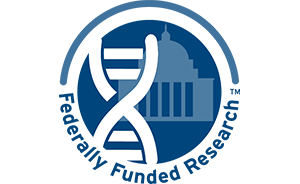Leukemia
Since discovery of the first effective leukemia treatment in the 1940s, researchers have amassed a growing number of therapies to extend survival and cure many different forms of the disease. Research into targeted drugs are also beginning to have a major impact on leukemia treatment.
While certain forms of leukemia can now be cured in up to 95 percent of patients, others are far more challenging and leukemia has proven far more complex than researchers could have imagined in the 1940s. Yet deeper understanding about the disease is fueling the continuous development of new, more effective therapies and is improving survival and quality of life for patients.











